Whatapp:
+278.3675.0634
Work Hours
Monday to Friday: 7AM - 7PM
Weekend: 10AM - 5PM
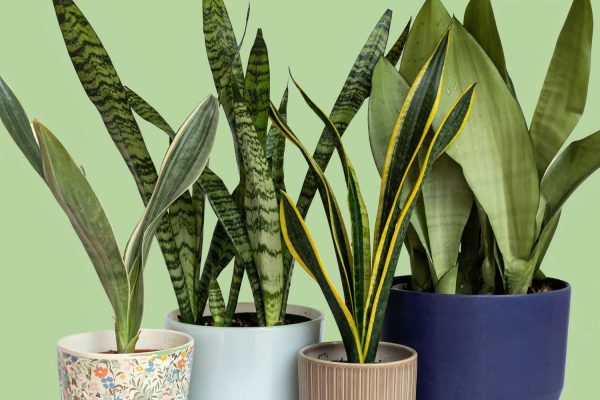
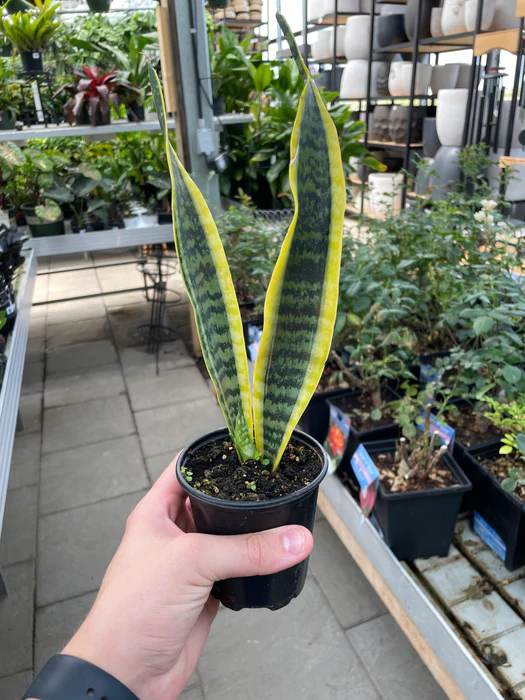
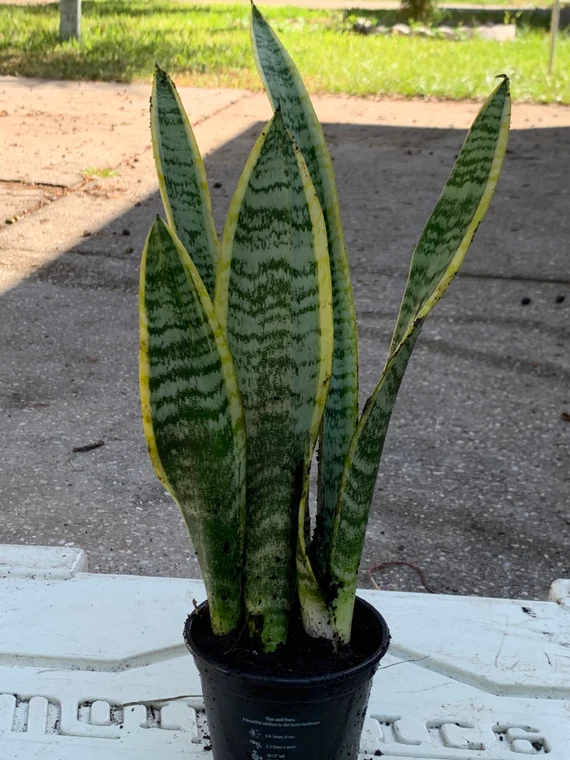
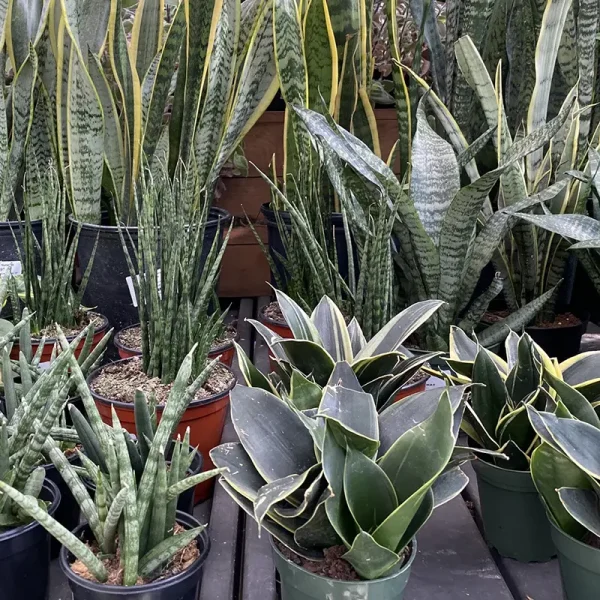
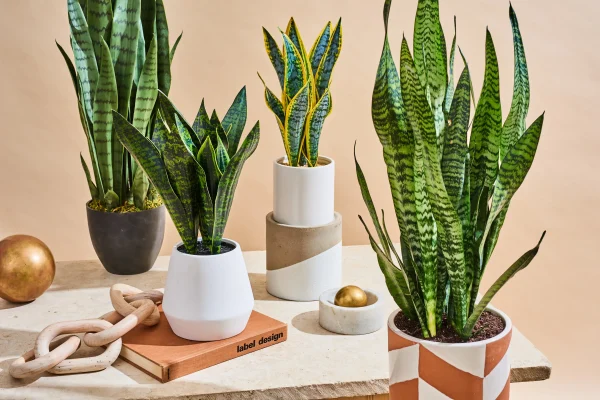

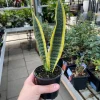
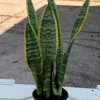
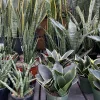

Original price was: $40.00.$30.00Current price is: $30.00.
Snake Plant, scientifically known as Dracaena trifasciata (formerly Sansevieria trifasciata), is a hardy, evergreen perennial native to West Africa.
Snake Plant, scientifically known as Dracaena trifasciata (formerly Sansevieria trifasciata), is a hardy, evergreen perennial native to West Africa, commonly grown as a houseplant. It features long, stiff, sword-shaped leaves with green bands and often yellow edges, growing anywhere from 2 to 5 feet tall indoors, though it can reach up to 12 feet in its native habitat
Air Purification: Snake plants are renowned for their ability to remove indoor air toxins such as formaldehyde, benzene, and xylene, improving air quality. They uniquely produce oxygen at night, making them beneficial for bedrooms to enhance sleep quality
Low Maintenance: They thrive in a variety of lighting conditions, from low light to bright indirect sunlight, and require infrequent watering due to their drought tolerance. This makes them ideal for beginners or those with busy lifestyles
Humidity Improvement : By releasing water vapor, snake plants help regulate indoor humidity, which can alleviate dry skin, respiratory issues, and allergies caused by dry air
Light : Prefers bright to medium indirect light but tolerates low light well. Avoid full, direct sunlight as it can burn the leaves
Water: Water sparingly; typically every 2-3 weeks in summer and less frequently in winter. Allow the top 2 inches of soil to dry out before watering again. Overwatering can cause root rot
Soil: Requires well-draining soil, ideally a succulent or cactus mix combined with potting soil to prevent moisture retention and root rot
Temperature : Prefers warm indoor temperatures around 70°F but tolerates down to 40°F. Avoid frost and high humidity
Fertilizer : Minimal feeding needed; a balanced, diluted fertilizer during the growing season or some compost is sufficient.
Snake plants spread through underground rhizomes and rarely flower indoors
They are toxic to pets and mildly toxic to humans if ingested, so keep them away from children and animals
Known by many common names including mother-in-law’s tongue and viper’s bowstring hemp
In summary, the snake plant is a visually striking, resilient houseplant that offers significant air-purifying benefits and requires minimal care, making it a popular choice for indoor gardening.
Removes Harmful Pollutants: Snake plants filter out common indoor air toxins such as benzene, formaldehyde, trichloroethylene, xylene, toluene, and nitrogen oxides. These volatile organic compounds (VOCs) are found in household products like cleaning supplies, furniture, paints, and adhesives, and can cause headaches, respiratory problems, and other health issues. By absorbing these pollutants, snake plants help reduce their concentration in your home’s air
Releases oxygen at Night: Unlike most plants that release oxygen only during the day, snake plants use a special photosynthesis process called Crassulacean Acid Metabolism (CAM), allowing them to absorb carbon dioxide and release oxygen during the night. This makes them especially beneficial in bedrooms, improving oxygen levels while you sleep and potentially enhancing sleep quality
Reduce Allergens and Adds moisture : By releasing oxygen and moisture into the air, snake plants help reduce airborne allergens such as dust and pet dander, which can alleviate allergy symptoms and improve overall air comfort
Overall, snake plants serve as natural air purifiers by detoxifying indoor air, increasing oxygen, and improving humidity, making them a valuable addition to any home environment for better air quality and health
Reviews
There are no reviews yet.